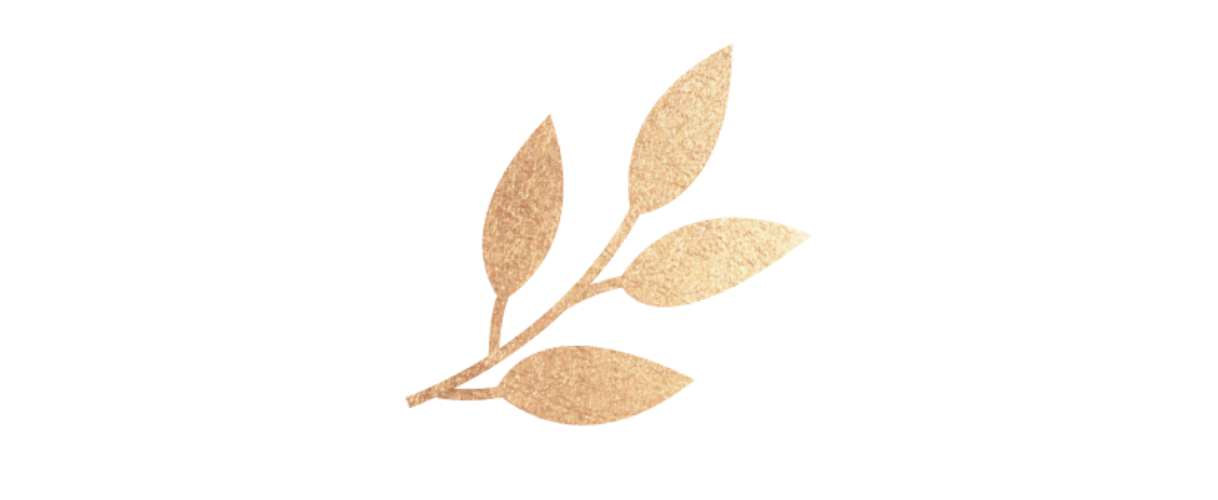A few months ago, I stumbled across the blog of Boho Berry. It was like no other blog I’d ever seen before. Kara is a productivity whizz and I soon spent a decent chunk of time reading all her posts.
Then I came across a collection of her posts on something called a Bullet Journal. I was instantly intrigued. At first, it looked complicated. I thought, there’s no way I could do that. But the more I read about it, the more I realised how suited to me it was.
So I researched, pinned things I liked and watched videos, all with the aim of helping me try and create the perfect bullet journal for me.
My first go was way too complicated - I wanted to include #allthethings. But recently, I’ve cut back and found a method that really works.
Something I pride myself on is my productivity and motivation. I’ve always been a driven person - but my problem has been trying to keep on top of everything I want to do. That was until I started bullet journaling, and now I’m achieving more than I thought possible.
I’ve shared some images of my bullet journal on my Instagram and talked about it on Twitter - so this post is for everyone who asked me share an insight into how I use it. I want to do a video at some point too, so let me know if you want to see that. For now though, let’s get into it!
What even is a bullet journal?
The way I’d describe a bullet journal is that it has everything in one place. It was originally created by a guy called Ryder, and it’s basically a notebook system where you can organise yourself. You can include lists, plans, goals, your diary - basically anything you want.
There’s a very thin line as to how much you include. I used to struggle to use mine effectively because I was including too much information. But after refining how I wanted the bullet journal to work for me, it started solving all my problems.
I’m definitely no expert, so if you want to know more about how the bullet journal works, watch this video.
WHAT EVEN IS A BULLET JOURNAL?
Ryder does actually sell journals you can purchase, but I also know a lot of people who purchase this one on Amazon.
You don’t need any extra special tools for this - I use a notebook that I bought from Sainsburys, because all my stationery has to be extra pretty 😉
Don’t pick a notebook just because everyone else is - pick one that’s right for you. When it comes to size, A5 is the most popular choice and I haven’t seen any bigger or smaller than that. This size means it’s easy to carry round with you, you can use it whenever you want and you don’t need to squint to see your writing.
In terms of pages, I’ve been used the lined style, but I’m leaning towards going for the dotted look next time. Something you’ve got to remember about the bullet journal is that you can listen to lots of advice - but it’s all about personal preference.
ALRIGHT, I'M INTERESTED - WHAT DO YOU PUT IN IT?
Anything. That’s the beauty of the bullet journal.
This is where you need to do some research. But set yourself a time limit, because the tunnel of bullet journal inspiration is never ending.
Some people use their bullet journal for everything. Some people have different bullet journals for different areas of their life. Some people store memories, goals and wishlists in them. Some just use them as a day to day planner. It’s completely up to you.
Read More





















